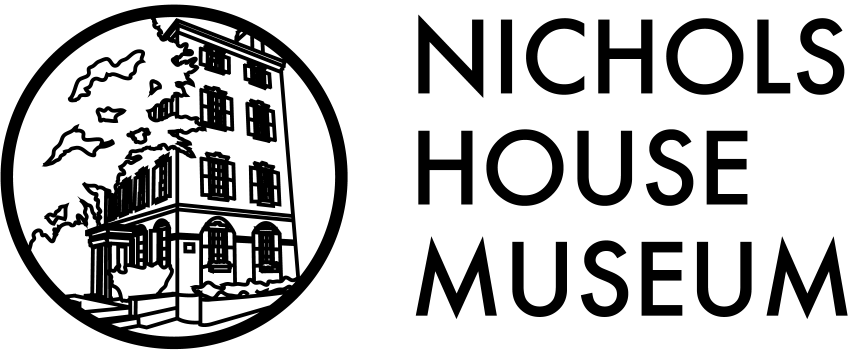As many of our readers know, January 11th, 2016 marked Rose Standish Nichols’ 145th birthday. In celebration of this fiercely intelligent, independent woman, we will take a look at one of her own published books in this month’s ‘Reading with Rose:’ Italian Pleasure Gardens.

Rose Standish Nichols was not only a distinguished landscape architect, but a world traveler, too. She did not travel merely for pleasure, but conducted thorough research during her trips to Europe so that she could supplement her landscape commissions with firsthand experience in sprawling estate gardens. In 1931, Rose published her third book, this time focusing on Italian gardens in the aptly-titled Italian Pleasure Gardens.
In her book, Rose details the histories and contemporary features of gardens throughout Italy, including villas in Tuscany, Siena, Perugia, Florence, the Riviera, and the Lake District. We can trace Rose’s experiences within these cities through numerous letters she sent home during her many trips to the country. At times, she was accompanied by friends; she writes to Margaret below:
“This morning Frances Arnold Anita Dible and I have been to the Villa Papa Giulio, which is about ten minutes walk beyond the Porto del Popolo. We had a very good time and took lots of photographs.”
Rose Nichols to Margaret Nichols [Shurcliff]- February 4, 1899

After “Italian Pleasure Gardens” was published, Rose continued to enjoy travelling to the country where she conducted her research. Indeed, we can read Rose’s words with sincerity when she writes “to those travellers who are weary of cities and who love both art and nature I can recommend these gardens as a joy to the eye and a balm to the soul.”

“It is cold and rainy here and I feel rather swallowed up by the immensity of this old city – after the cozy intimate atmosphere of Florence. Before leaving there I spent a week in Mrs. Davis’ pleasant old villa where I had a suite of three rooms.”
Rose to Marian Nichols- March 4, 1931
“I am to spend tomorrow night at the heavenly Villa Sante and shall push on the following afternoon to Florence where Mrs. Lathrop is expecting me at the Villa Tomegiani. From there I shall go to visit the Tomegianis at their handsome Lucca villa, at least it is four or five miles outside Lucca on a hill with a beautiful view. After that I shall go to Venice to stay until the last of June.”
Rose to Marian- June 5, 1931

It is clear that Rose imbues into her writing the firsthand experience of traveling through these Italian pleasure gardens. Before the close of the book, she includes a “Garden Itinerary” that guides readers through their own tours of the country, through the very cities and gardens she herself visited. The book, as a whole, serves as simultaneously as a history lesson, as Rose takes us through the history of the gardens in view of the country’s political and social cultures; a guidebook; and a testament to the love Rose had for the career she devoted her life to: the garden, in all its splendor.

Bibliography
Nichols, Rose Standish. Italian Pleasure Gardens. Dodd, Mead & Company, 1931.
By Victoria Johnson, Visitor Services and Research Associate.





You must be logged in to post a comment.